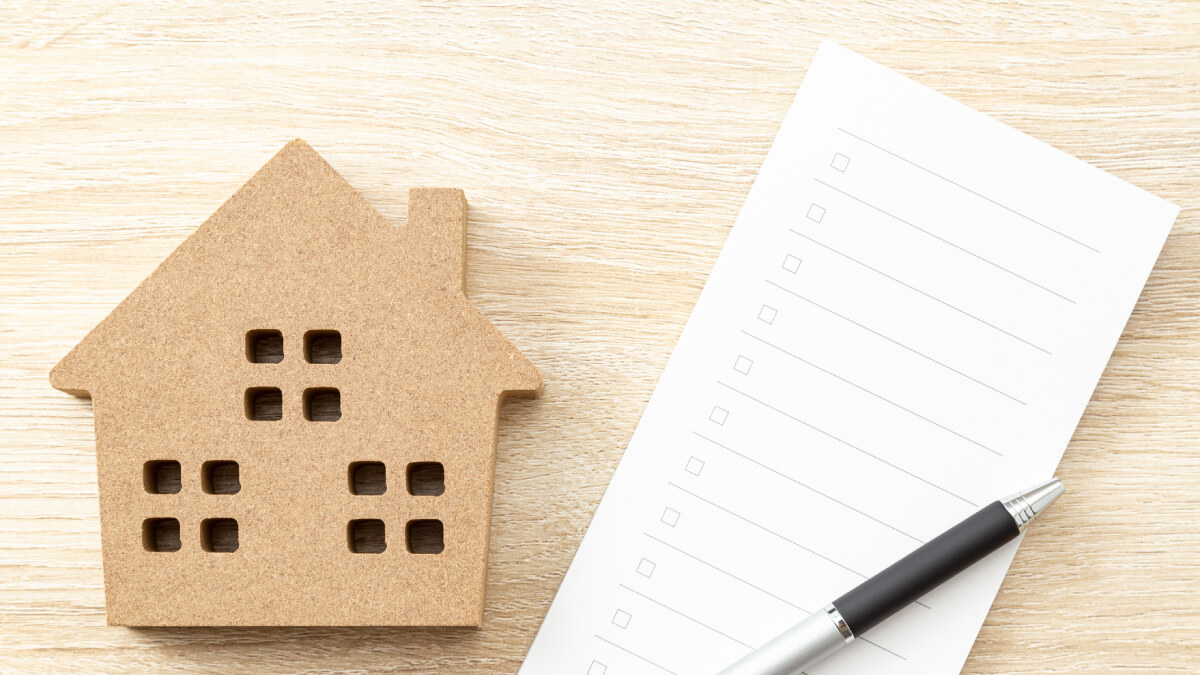The HVAC Maintenance Checklist for Fall

As the leaves begin to fall and the cooler weather sets in, it’s an ideal opportunity to tune-up your HVAC system for the winter months ahead. Regular fall HVAC maintenance reduces the risk of problems showing up and ensures your home stays ready for the cold. Here are 10 simple steps to ensure your furnace is working well this season.
1. Keep up with HVAC Maintenance with an Expert
Few things are more important to ensure furnace efficiency than preventive maintenance. While you may be able to handle some of the fall HVAC maintenance tasks by yourself, only a professional can provide a thorough inspection, with cleaning and other system maintenance tasks. Industry experts recommend professional AC maintenance every spring and furnace maintenance before winter.
Routine HVAC maintenance means more cost-efficient heating bills and ensures smooth day-to-day operation. The time a technician has during an inspection to look out for minor problems before they wreak havoc also helps prevent an emergency service call.
General Furnace Safety
1. Clear Your Furnace Room
Your furnace needs ample room around where it’s installed to run safely. Refrain from keeping any storage closer than 10 to 15 feet of the unit. If your basement or utility closet is too small, keep it empty apart from the HVAC equipment. Store flammable items like paint, cleaning supplies and aerosol sprays separate from your furnace.
2. Continue to Ensure Your Home Is Safe from Heating-Related Fires
The gas furnace is a major source of home fires. Stick to these guidelines to minimize the risk as much as possible:
- Should you notice weird noises or smells from your furnace, shut it off and reach out to your local heating repair technician.
- Make sure flammable items maintain at least a three-foot distance from heat sources, especially space heaters, fireplaces, furnaces and water heaters.
- Never leave a running space heater unattended.
- In the same vein, don’t plug space heaters into extension cords.
3. Check Your Smoke Alarms and CO Detectors
These important safety devices notify the household of dangers like a fire or carbon monoxide poisoning. Check them once a month to make sure they work okay, and check/replace the batteries every year. Only take them out if you’re ready to put new ones in.
Check That the Air Ducts and Registers Have Been Cleaned and Sealed
1. Examine the Furnace Flue
An obstructed flue pipe can lead to a higher risk of backdrafting, which increases the risk of carbon monoxide poisoning. Before you start your furnace this fall, check the flue vent outside to ensure it’s not obstructed by anything. If the flue is obstructed, reach out to an HVAC Expert for help.
2. Clean and Inspect the Air Vents
Every now and then, set aside some time to take a look at all the air vents in your home. For any registers covered in dust, vacuum them with the brush nozzle to clear it off. Make sure that no return or supply vents are obstructed by furniture, rugs or curtains to maintain proper circulation.
Closing vents in unused rooms may seem smart to save money, but it can also cause uneven air distribution, increasing the strain on your system and inadvertently leading to HIGHER energy bills. Make sure 80% or more of the vent registers are open to maintain efficient airflow.
3. Fix Leaky Air Ducts
Leaking air ducts waste energy, leading to higher energy bills. Surprisingly, duct tape is not the best solution for sealing up air ducts. For a lasting seal, hire an HVAC professional to properly seal your ductwork. The support from local comfort professionals will cut energy bills, improve comfort and even boost indoor air quality.
A Few More Furnace Tasks
1. Change the Air Filter Regularly
Standard HVAC air filters capture dust, allergens, hair and other airborne debris, protecting your HVAC system. New filters better protect indoor air quality by trapping microscopic pollutants. Over time, the air filter will clog up, which restricts airflow and forces your furnace to work harder. To avoid this, replace the filter regularly throughout the year.
2. Adjust Your Thermostat for Winter
With the weather cooling off soon, it’s time to switch your thermostat from AC to heat. Properly setting your thermostat limits energy waste and helps make your home comfortable. Here are some tips:
- Try your best to keep from overriding programmed settings. Instead, grab a blanket or sweater if you are still too cold.
- If you decide you still need to adjust the temperature, change it gradually. Setting it as high as possible isn’t the shortcut some people hope it is.
- Adjust the temperature to 70°F or cooler when you’re at home.
- Set the thermostat even lower to around 62 degrees when you’re away or overnight. A programmable thermostat can manage these day-to-day adjustments for you.
3. Prioritize Energy Efficiency When Replacing the Old HVAC System
If your furnace has been in use for more than a decade, it may only be 60% as efficient and approaching the end of its service life. Instead of waiting for total system failure, start planning for a new system. A new, high-efficiency furnace is capable of 97% AFUE efficiency, providing immediate energy savings and peace of mind for the winter months ahead.
Avoid a Heating Headache and Call Crawford Services today
If you prefer letting the professionals handle the items on this fall HVAC maintenance checklist, Crawford Services is here to help. We pride ourselves on delivering fast, long-lasting solutions for all your heating and cooling concerns. To set up a maintenance call, please contact us today.

